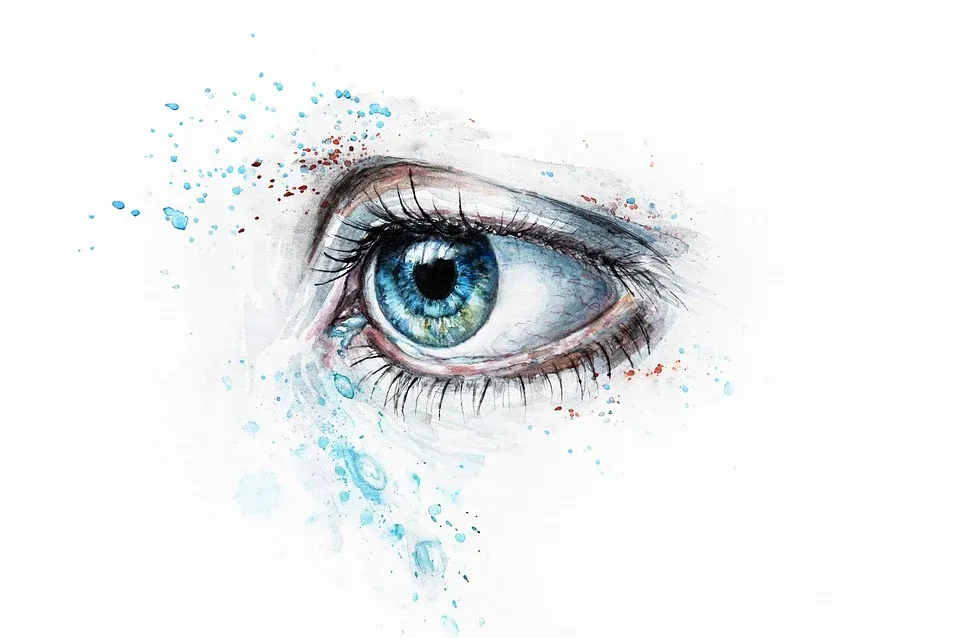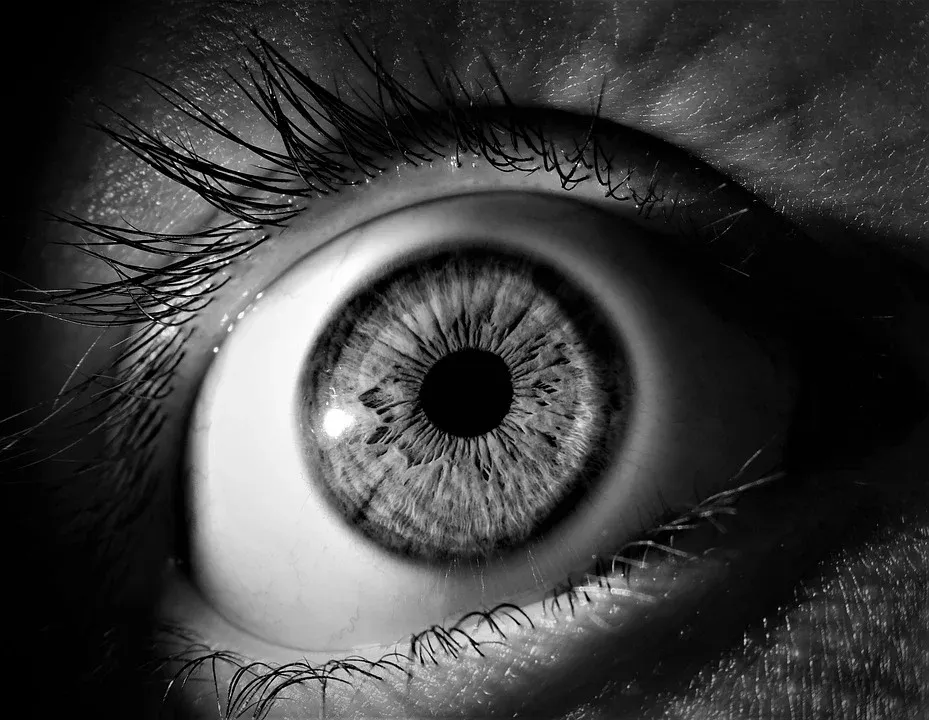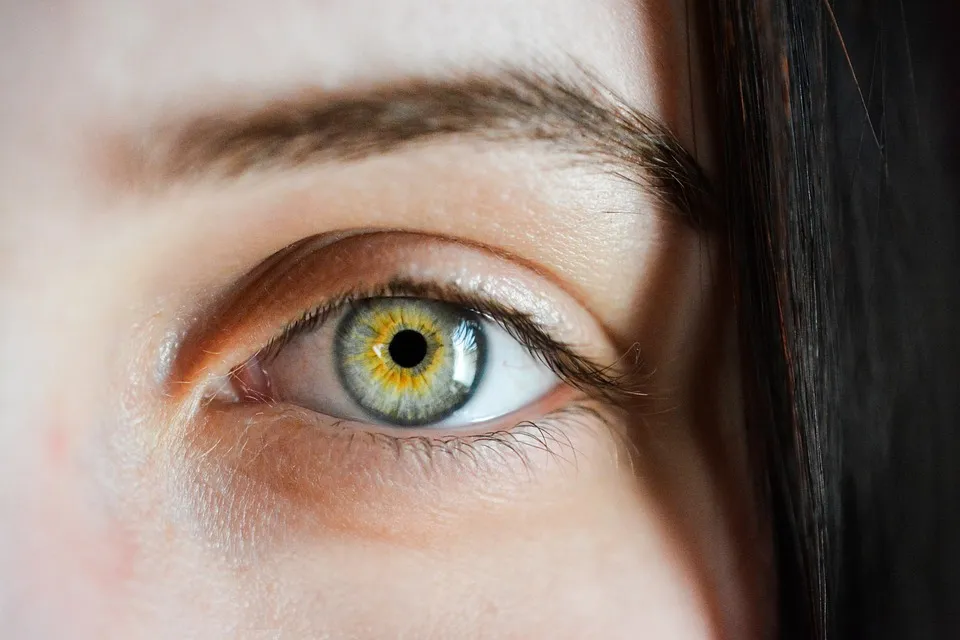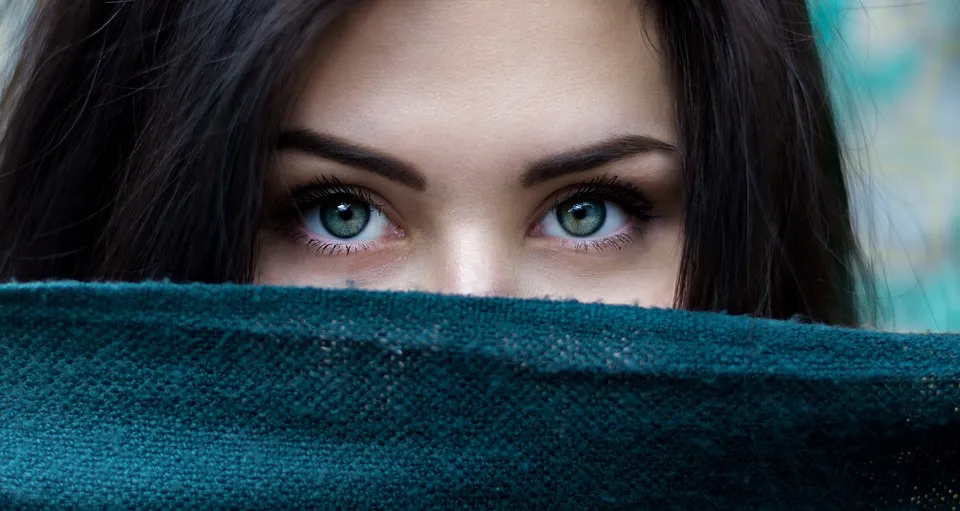Greetings to all and sundry,
It is a beautiful day today, the weekend is almost upon us and it is a happy occasion because the year is almost at its end, and we are about to welcome the long-awaited 2023. I am sure you are all looking forward to it just as i am.

How are you doing though? I certainly do hope you are well and enjoying the days as they go by, please take good care of yourself that we may be able to start the new year on strong note and enjoy it fully. Today i would to discuss an interesting topic that my patients seem to ask me every now and then and i do hope you enjoy the read.
Introduction
We have all seen beautiful blue eyes or green or grey or dark brown at a point. Mostly our attention is drawn to it immediately because it's beautiful then again we somehow do not expect to see eyes in variations of colors and so naturally we become curious about it and want to see and admire it.

Most of us have been wondering how come some people have these "special eyes" whereas others just have normal brown or dark brown eyes, one that blends naturally with the blackness of the inner eye. We are here to learn about what accounts for that today and i hope that afterwards, you would find contention with whichever color your eye may be.
Ocular Albinism
Most of us have heard the term albinism before or albinos but may have yet to come across ocular albinism. The truth of the matter is that most of the naturally beautiful colored eyes you see out there among "exotic" people are as a result of ocular albinism.
Now when we talk about albinism we are basically talking about lack or or inadequate melanin pigmentation, when this happens to the general system as we are familiar with already, it is known as cutaneous albinism or ocular cutaneous albinism. Ocular cutaneous because all system albinos have it manifesting in the eye also.

However, albinism can manifest only within the eye depending on the genetic transmission or variations per the alleles involved, since we are not doing genetics today i wouldn't want to dive deeper into that, perhaps another day or another time when we consider the genetics of various ocular conditions and the transmission across generations.
And so when the manifestation occurs only one the eye we have ocular albinism and depending on the intensity of the lack or inadequacy of the pigments the color of the iris may be one or the other, mostly grey. At this juncture i must hasten to add that not all the colors you see for the eye are natural and most often than not they tend to be contact lenses.
Hollywood actors and production companies make good use of this a lot and get audiences to have weird imaginations about how different the eye colors could be for people and all, but these are not natural, the use of aesthetic contact lenses have become a fashion trend that lots of ladies are adopting and there's nothing wrong with that however my advice is to seek professional consult before the use of any type of contact lenses so as not to find yourself wanting.

Ocular albinism may be beautiful but not necessarily a good thing due to the hazards it poses to people. Individuals suffering from ocular albinism may be more expose to UV radiations which could easily damage the retina and its associated structures, a lot of times the melanin pigment traps them and uses them for vitamin D production and so in their absence not much is been done to safe guard the eye in that regard.
These individuals also tend to suffer from a condition known as nystagmus, thus i severe cases of ocular albinism and may have a reduced amount of pigments in the macular and retina in general which could have lots of detrimental effect in vision, even resulting in low vision for some such that without aids vision is extremely poor.
Conclusion
And so having beautiful color variations from the normal brown or dark brown may be a beautiful thing, quite admirable however it may not necessarily be a good thing and so do appreciate what you have, be content and enjoy your vision or sight because that is the most important thing.

I am grateful for your time, thanks for reading, but please do not forget to avoid taking over the count medication without proper consult, remember the eye is precious and thus you should love it always, when i doubt speak to a professional and always have regular checkups. Be safe.
Further Reading
Neveu, M. M., Padhy, S. K., Ramamurthy, S., Takkar, B., Jalali, S., Cp, D., Padhi, T. R., & Robson, A. G. (2022). Ophthalmological Manifestations of Oculocutaneous and Ocular Albinism: Current Perspectives. Clinical ophthalmology (Auckland, N.Z.), 16, 1569–1587. https://doi.org/10.2147/OPTH.S329282
Kubasch, A. S., & Meurer, M. (2017). Okulokutaner und okulärer Albinismus [Oculocutaneous and ocular albinism]. Der Hautarzt; Zeitschrift fur Dermatologie, Venerologie, und verwandte Gebiete, 68(11), 867–875. https://doi.org/10.1007/s00105-017-4061-x
Grønskov, K., Ek, J., & Brondum-Nielsen, K. (2007). Oculocutaneous albinism. Orphanet journal of rare diseases, 2, 43. https://doi.org/10.1186/1750-1172-2-43
Chan, H. W., Schiff, E. R., Tailor, V. K., Malka, S., Neveu, M. M., Theodorou, M., & Moosajee, M. (2021). Prospective Study of the Phenotypic and Mutational Spectrum of Ocular Albinism and Oculocutaneous Albinism. Genes, 12(4), 508. https://doi.org/10.3390/genes12040508